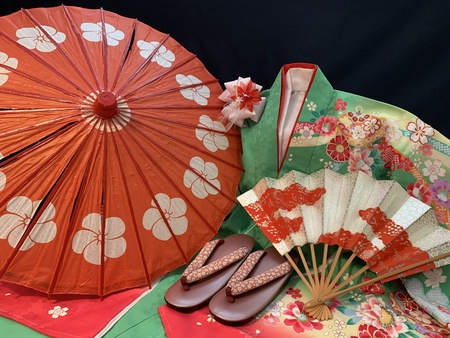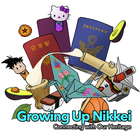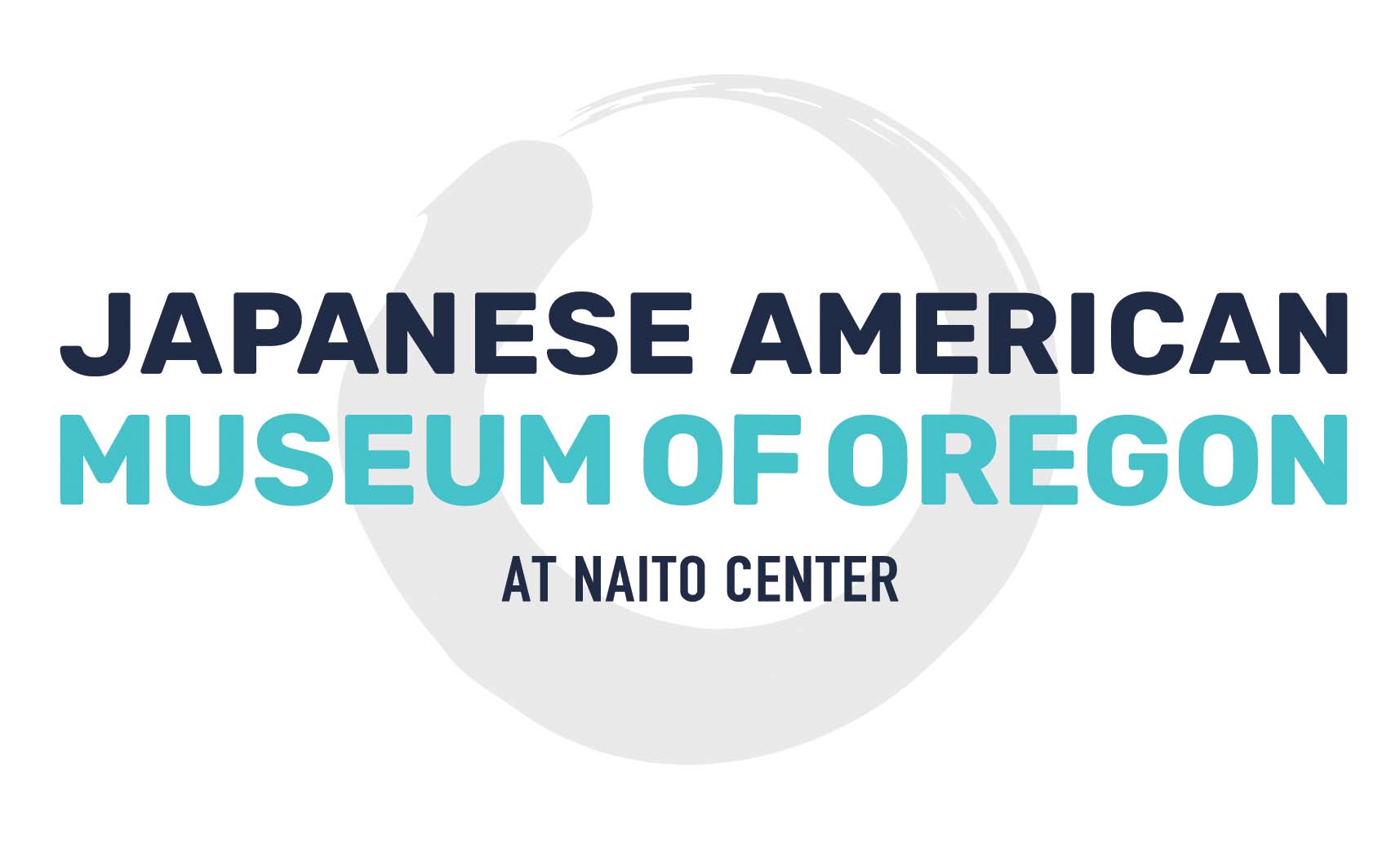My obaachan was only seven years old when the United States dropped the atomic bomb on Hiroshima. The year was 1945, and my obaachan had moved approximately 8 miles out of the heart of Hiroshima city due to the escalation of the war. That day, on August 6, she was scheduled to return to the city to attend a Buddhist ceremony for her aunt, who had passed away a year earlier.
However, because her mother was bedridden by a sudden illness, my obaachan stayed out of the city. Because of that choice, she survived. When the bomb that would decimate the lives of tens of thousands of people was dropped from the sky, my obaachan was blasted to the shattered ground of the hell that was to become her world.
Undeniably, my obaachan was very fortunate to have survived. However, her innocence provided her with no protection as she was brutally thrust into the agony that descended upon her city. Even 78 years later, that day of nightmarish hell is permanently burned into the memory of the young girl whose frightened eyes watched her community shatter. No matter her age, she could comprehend the destruction.
This young child saw her people naked and burnt. She saw someone lose their eye. She saw people, maybe some who she had even seen before, desperately running to the water and dying. Underneath her feet, she could feel the blazing grounds of hell upon which she walked.
Words do not do justice to the horror that had befallen her city. Hiroshima was demolished. Everything was gone. Her old school and friends. The people she used to know.
All gone.
It would take years for Hiroshima to rebuild. However, even as her community rebuilt the houses, buildings, and streets that characterized the city, families could never rebuild the lives of the loved ones they had lost.
When I was eleven years old, I visited the Hiroshima Peace Memorial Museum. While I knew how important it was for me to understand what happened, I was sickened by how innocent people, who were living ordinary lives like mine, had their lives brutally snuffed out without a chance to experience the life they would have lived.
During my time in Hiroshima, however, I also became aware of the city’s beauty, and I couldn’t help but respect the resilience of a people who rebuilt the city they loved. I respected the resilience of my obaachan, who survived and chose to live every day.
Her story reshapes my perspective on the events I have read in my history books, telling the untold stories bled into memory by innocents who suffered under the cruelty of war. I cannot help but admire the woman she is, with her courage to love freely. It was her strength and love for Japanese culture that taught me to embrace my own heritage as my identity.
One of my earliest memories as a child is sitting cross-legged on the padded carpet of my grandparents’ house listening to the Japanese fables my obaachan read to me. With childish delight, my eyes fixated on the artful pictures dominating the picture books she always kept in the small cove of her wooden bookshelf. Even then the books whispered to me, and with my obaachan’s translation, they shared with me tales of long-forgotten history woven into the colorful threads of Japanese folklore.
Momotarō quickly became one of my favorites. As Peach Boy embarked on his noble quest, I became fascinated with his valiant character and strong sense of duty to protect those who were weaker. However, despite his obvious strength, I feared for his life when he traversed the sea.
I was too young to realize it then, but my grandparents possessed the same unshakable courage to face the unknown by crossing the Pacific Ocean. Immigration, after all, was not a one-way ticket to the popularly idealized American dream.
Although my ojiichan graduated from college in Japan, he went back to school when he first immigrated and worked side jobs as a janitor and busboy. Through his hard work, he was able to provide for his family and ascend the ranks of American capitalism. Even though they were in an entirely new country, my grandparents never stopped speaking Japanese. Doing so would mean giving up a part of their identity to Americanization. It would mean forgetting their past and the places they had once lived before they came to California.
Even though I was born a Sansei in America with a Japanese father and Chinese mother, my perspective continued to be shaped by the Japanese culture my paternal family preserved. My father taught me from an early age that I was descended from the Heike clan, a samurai clan from ancient Japan.
I quickly became acquainted with the famous Japanese legends, such as the unimaginably loyal forty-seven rōnin, the self-sacrificing Benkei, and the legendary warrior Miyamoto Musashi. I began to realize that even if it did not define me, my samurai blood was a way for me to connect to my heritage and a part of my identity. I did not need to wield a sword, but I could honor my heritage by appreciating the values my ancestors held sacred.
I learned to be loyal not only to my family and friends but also to myself and the person I wished to become. I learned to defend my honor and my principles because they were my beliefs. Most of all, I learned to have the courage to live my life to the fullest.
In addition to my heritage, I came to appreciate the art of Japanese culture, specifically the art of Japanese traditional dance. Having trained to become a master of dance in Hiroshima, my obaachan volunteered to teach dancing when she came to America. To her, Japanese dancing was a fundamental part of her life that she sought to share with others. In some way, I think it helped her remain connected to her homeland despite living in America. Even so, as much as she loved it, I never planned on enjoying Japanese dance. After all, the last time I tried a hip-hop class for a couple of weeks, it ended in disaster.
However, my attitude toward dancing changed when my mother underwent chemotherapy treatment for breast cancer. It was a difficult time for our family, but my grandparents helped us by taking care of my brother and me after school. It was during that time when my obaachan taught me pieces of traditional Japanese dance. We would spend the afternoons bathed in the soft sunlight of her living room practicing the motions together. For the first time, I started to love dancing; I had been given a beautiful piece of Japanese culture that I had been missing before. Even greater, I think for the both of us, dancing offered comfort from the harsh realities of the world.
In recent years, I have come to discover the beauty of solidarity among the Japanese community. During the COVID-19 pandemic, the world undeniably suffered from the seemingly uncontrollable spread of the virus. Even worse, it became plagued by the illness of human hatred.
Asian hate was real, but I knew this was not the first instance. I did not forget how Japanese incarceration under Executive Order 9066 during World War II forced innocent Japanese Americans to be stripped of the lives they had built for themselves. They may have done nothing against their country, but irrational paranoia drove the United States government to turn its back on them. Even so, while faced with this injustice, the Japanese community survived.
Today, I can see the evidence of this in the Japanese American youth basketball leagues and the celebrations of culture as my community continues to survive in the face of human hatred. Therefore, by continuing to value our heritage, we refuse to let those who seek to destroy us be victorious.
Discovering one’s identity is a rewarding journey, and the sum of my experiences has led me to discover mine in Japanese culture, a culture both beautiful and resilient to withstand the chilling flames of humanity’s sins. Embracing my Nikkei identity has empowered me to do more than appreciate the dynamic perspective and beautiful art of Japanese culture. It has taught me to love this powerful community and to never forget that it was culture that showed me where I came from. I can only hope that in these efforts to preserve Japanese culture, future generations will be able to look back, similar to how I have done, and find not only their identity, but also a profound love for their culture in the echoes of their ancestors’ lives.
Bibliography
“Executive Order 9066: Resulting in Japanese-American Incarceration (1942).” National Archives, (January 24, 2022)
Wellerstein, Alex. “Counting the dead at Hiroshima and Nagasaki.” Bulletin of the Atomic Scientists (August 4, 2020).
© 2023 Kayla Kamei







